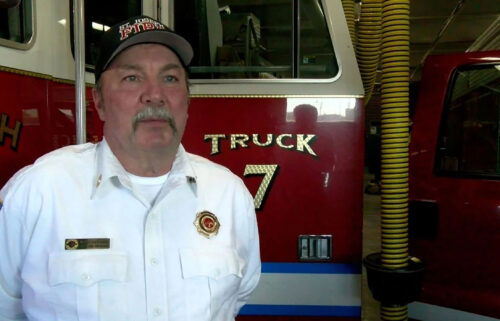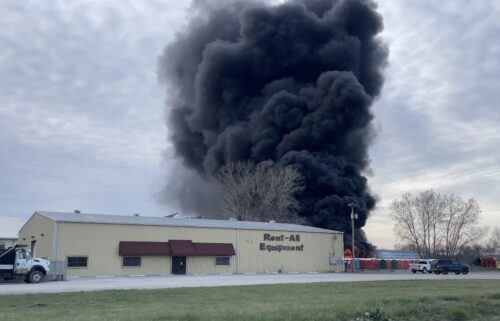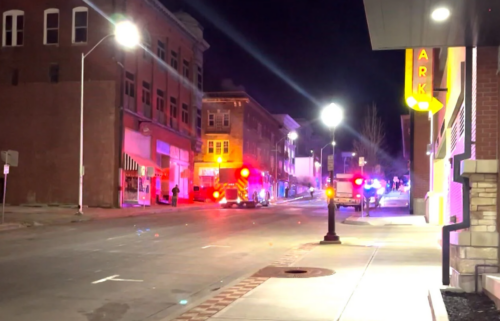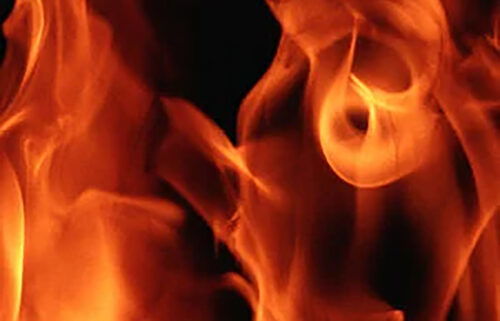Fire department shares how to identify natural gas leaks
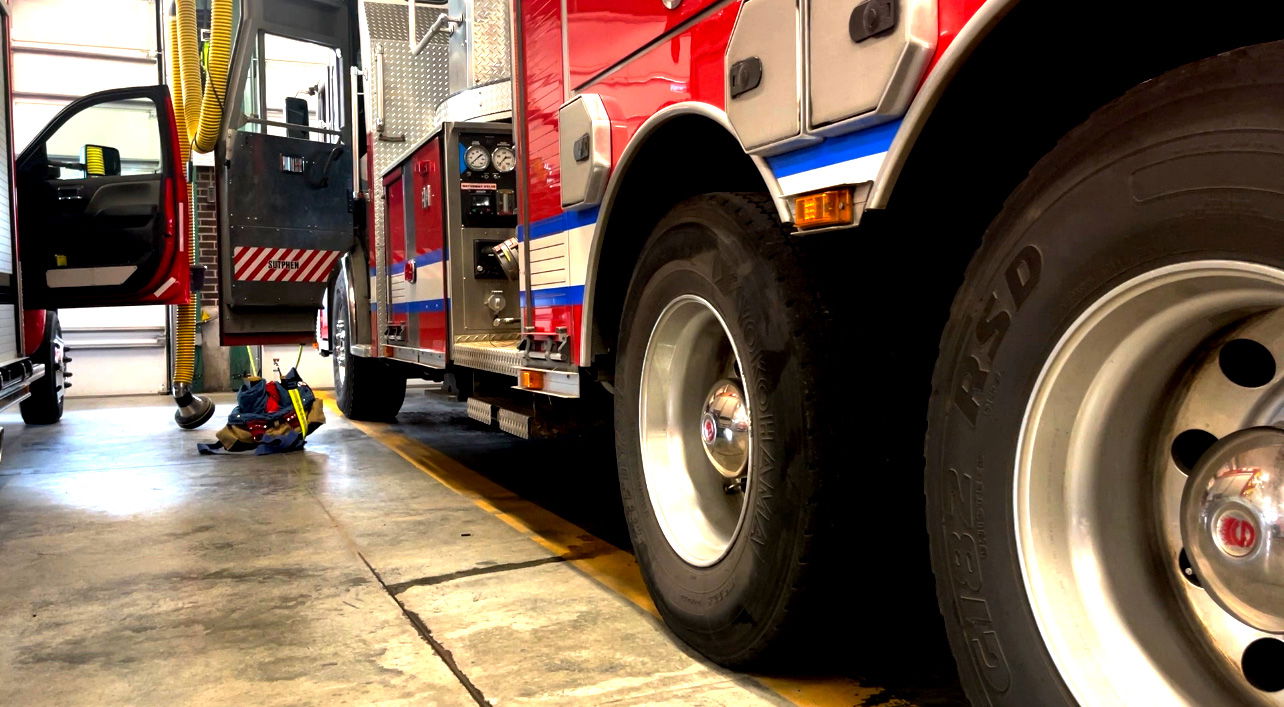
By Jenna Wilson
Responding to gas leaks costs U.S. fire departments millions of dollars each year, and local fire departments are sharing warning signs to look out for when it comes to a possible gas leak.
According to a recent study published by Energy Policy Journal, over 200,000 natural gas leaks per year require and emergency response and as a result, costs U.S. fire departments over $564 million yearly.
Homes and businesses commonly run on either propane or natural gas and lines are fed through a hot water tank or meter. Gas leak fires are on the rise with no exception to the city of St. Joseph.
“With the new construction, we’ve also seen a lot of underground line replacements from utility and gas companies,” said Bill Lamar, emergency manager at the St. Joseph Fire Department. “Or even doing a project around the house that involves digging, sometimes this inadvertently strikes a gas line that’s buried underground so we see a fair amount of those types of calls especially.”
Signs of gas leaks can vary but a few signs to watch for are foul odors like sulfur and higher than normal gas bills. Common physical symptoms of a gas leak are breathing difficulties and feeling light-headed.
Gas leaks can lead to dangerous situations if not detected early including carbon monoxide poisoning, fires, and explosions in extreme cases.
Just as carbon monoxide and smoke detectors are standard safety devices in the home, fire officials are encouraging residents to have gas detectors installed as well as an extra layer of safety.
“It probably is one of the more important ones to have, especially if you have a propane home and most of those are in the rural settings,” Lamar said. “Anytime somebody smells a gas leak or knows that you have a gas leak, always call 911 and we’ll make sure and get ahold of the appropriate utility to respond.”

